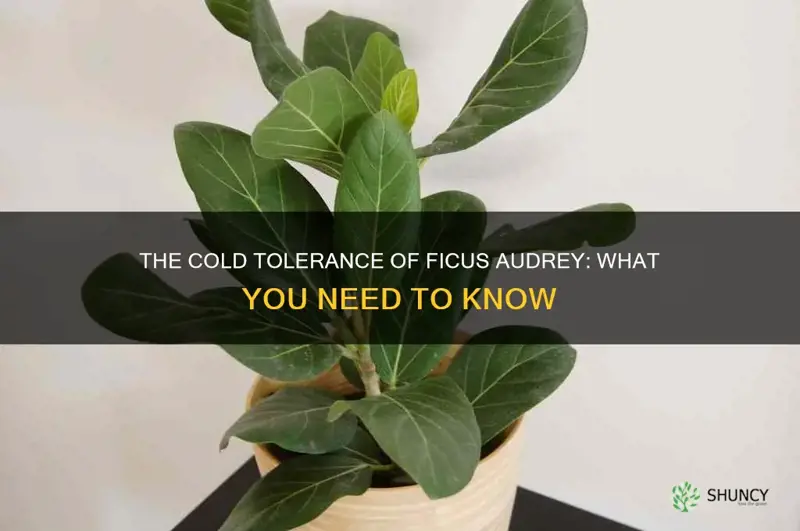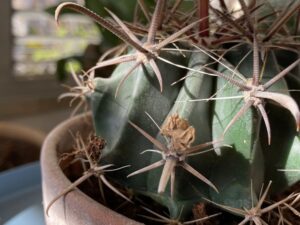The allure of tropical plants often leads enthusiasts to explore species that are less tolerant of cooler climates. One such gem is the Ficus tree, commonly celebrated for its lush foliage and remarkable elegance. The Ficus Audrey, in particular, has emerged as a popular choice among plant aficionados. However, an essential question looms for those residing in regions prone to chilling temperatures: Can the Ficus tree endure the cold? This exploration will delve into the cold tolerance of the Ficus tree, illuminating its characteristics and survival mechanisms under less-than-ideal conditions.
This will be a journey into understanding the intricate balance between botanical resilience and environmental challenges.
Understanding Ficus Trees and Their Cold Tolerance
Ficus trees, belonging to the Moraceae family, encompass over a thousand species, showcasing an impressive variety of shapes, sizes, and colors. The Ficus Audrey, a standout member originating from India, is often admired for its glossy, ovate leaves and subtle, uplifting demeanor. However, what makes these trees particularly interesting is their varying degrees of cold tolerance.
Climate Zones and Ficus: A Hot and Cold Relationship
The Ficus Audrey is not a plant that naturally thrives in frigid conditions. Understanding USDA hardiness zones is paramount when considering the survival of Ficus species. Typically, these trees flourish in USDA zones 10 to 12, where temperatures rarely dip below freezing. Although they can withstand occasional mild chill, persistent exposure to sub-zero temperatures can be detrimental. Cold drafts and rapid temperature shifts further exacerbate their vulnerability.
For enthusiasts located in warmer regions, the Ficus tree presents no significant dilemma. However, for those in moderate zones yearning to cultivate this tropical beauty, the odds may seem stacked against them.
Survival Mechanisms: How Ficus Trees Cope with Cold
Despite their tropical origins, Ficus trees possess intriguing adaptive strategies that allow them to withstand brief episodes of cold. The physiological responses of these trees can be quite fascinating. One prominent mechanism involves the production of antifreeze proteins, which help prevent ice crystal formation within plant cells. This adaptation is essential for their survival during unexpected drops in temperature.
Additionally, the leaf morphology plays a pivotal role in how these trees manage adverse conditions. During colder months, Ficus trees may enter a state of dormancy, reducing metabolic activities and conserving energy. In this dormant state, they focus their resources on survival rather than growth, effectively shutting down non-essential functions. This remarkable resilience showcases nature’s ingenuity in ensuring the survival of species in hostile environments.
Factors Influencing Cold Tolerance
Several factors influence the cold tolerance of the Ficus Audrey. From the specific varietal characteristics to environmental considerations, these elements contribute to a tree’s ability to endure lower temperatures. Understanding these nuances can provide a deeper appreciation for the challenges these plants face.
Varietal Characteristics: A Spectrum of Resilience
Not all Ficus trees are created equal when it comes to cold tolerance. For instance, the Ficus lyrata, or fiddle-leaf fig, showcases a higher susceptibility to cold. On the contrary, Ficus carica, commonly known as the common fig, displays a commendable resilience to chillier weather. Consequently, selecting the right variety based on individual climatic conditions is crucial to ensure survival.
Microclimates and Location
The microclimate of a specific planting location can dramatically affect cold tolerance. Areas shielded from wind, or those that receive abundant sunlight during the winter without frost pockets, will foster healthier Ficus trees. Even a few degrees can make a significant difference. Thus, planting these trees against walls or in locations that provide some protection can enhance their survival prospects during chilly spells.
Pruning and Care Techniques for Enhancing Cold Tolerance
Proper care of Ficus trees is critical to maximizing their resilience against cold. Adequate pruning before the winter months can help the tree conserve energy. Removing dead or damaged branches allows the tree to focus its resources on maintaining healthy foliage, vital for any photosynthetic activity that might occur during warmer spells. Moreover, amending the soil with mulch can insulate the roots during colder temperatures, offering an added layer of protection.
Maximizing Indoor Adaptation
For those living in colder climates yet deeply devoted to the cultivation of Ficus trees, bringing these plants indoors presents an enticing option. When acclimating Ficus Audrey to indoor environments, attention must be paid to light, humidity, and temperature. A spot with bright, indirect sunlight coupled with regular humidity maintenance using a humidifier can simulate their natural habitat, providing a nurturing environment even when outdoor conditions are less than favorable.
Final Thoughts: Embracing the Challenge
Understanding the cold tolerance of the Ficus tree is not merely a botanical inquiry; it’s an exploration of resilience and adaptability in the face of adversity. While these trees may not thrive in frosty climates, their unique survival mechanisms and the right care practices can foster a deeper connection to nature, cultivating curiosity and appreciation for the intricate dynamics of the plant kingdom. As the pursuit of cultivating Ficus trees continues, remember that boundaries can be pushed, and perspectives shifted as we discover innovative ways to embrace and celebrate these extraordinary plants.




Leave a Comment